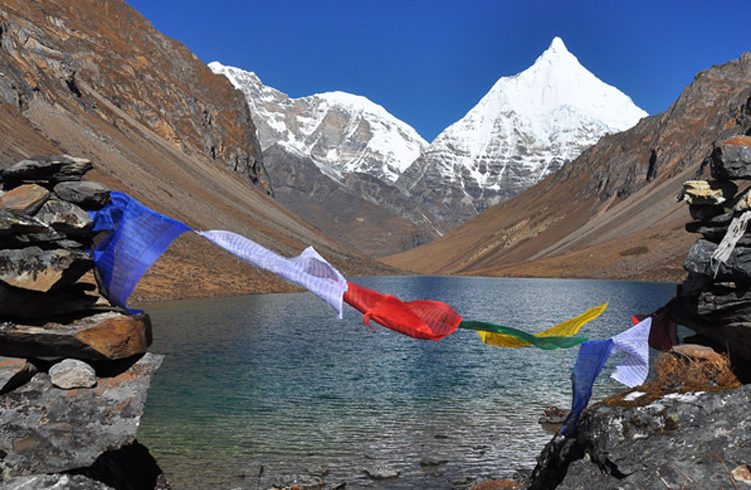Full day of sightseeing in Thimphu, including visits to the following, as time permits:
National Memorial Chorten – built as a memorial to Bhutan’s third king (‘the father of modern Bhutan’) and as a monument to world peace; Tashichhodzong – the impressive fortress/monastery housing some ministries, His Majesty’s secretariat, and the central monk body; Handicrafts Emporium – a wide assortment of intricately hand-woven textiles and other craft products is available for purchase at this government-run outlet, and at many smaller handicrafts shops around town; National Library – established in the late 1960s primarily to conserve the literary treasures which form a significant part of Bhutan’s cultural heritage, it now holds an extensive collection of Buddhist texts and manuscripts; Institute for Zorig Chusum – more commonly known as the Painting School, where students learn the 13 traditional arts and crafts of Bhutan; National Institute of Traditional Medicine (outside only) – the rich herbal medicines made up from plants abundant in the kingdom are dispensed here, and traditional medicine practitioners trained. In the evening drive to Paro. Overnight at the hotel in Paro.
Food
Breakfast , Lunch and Dinner








